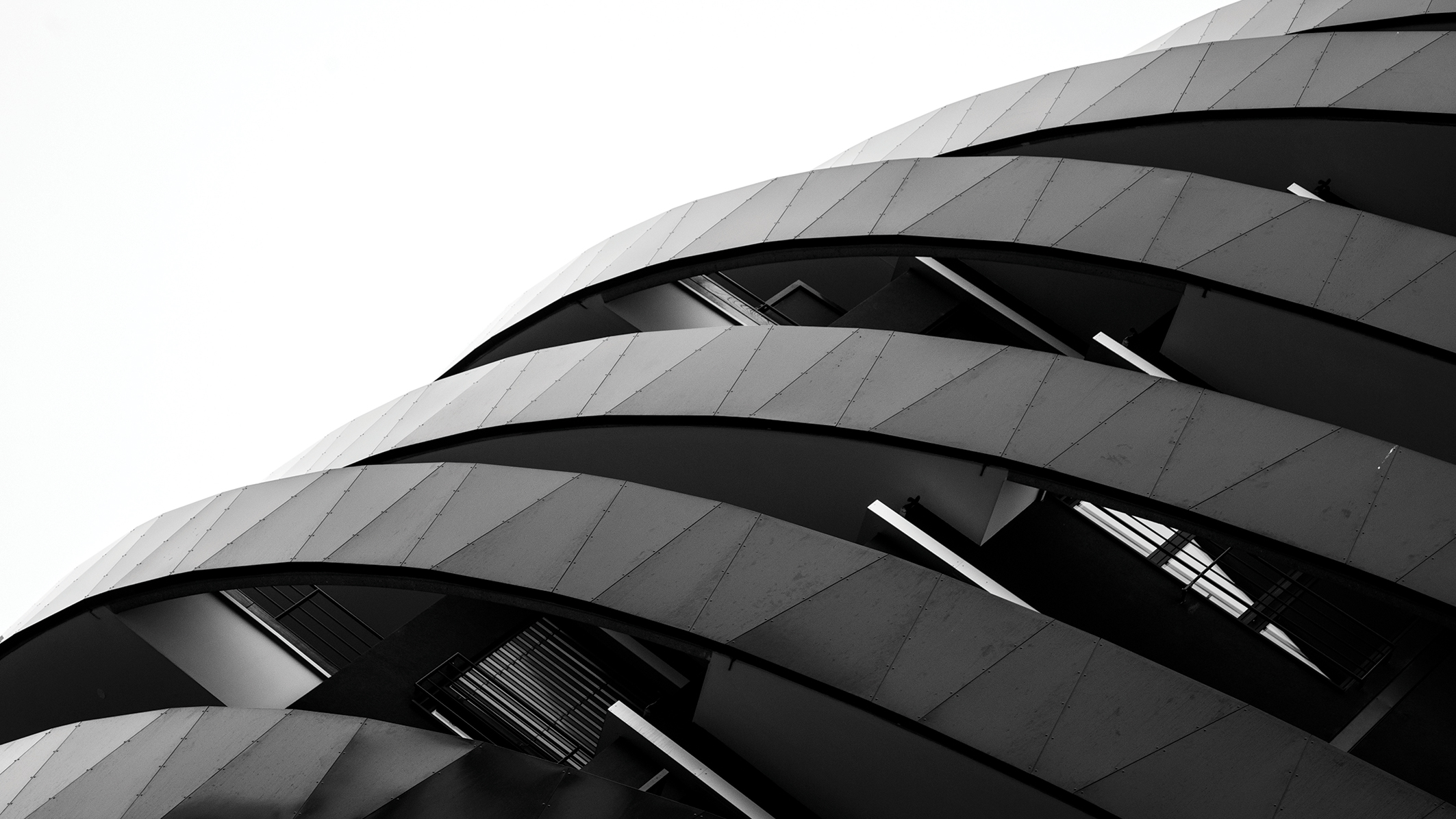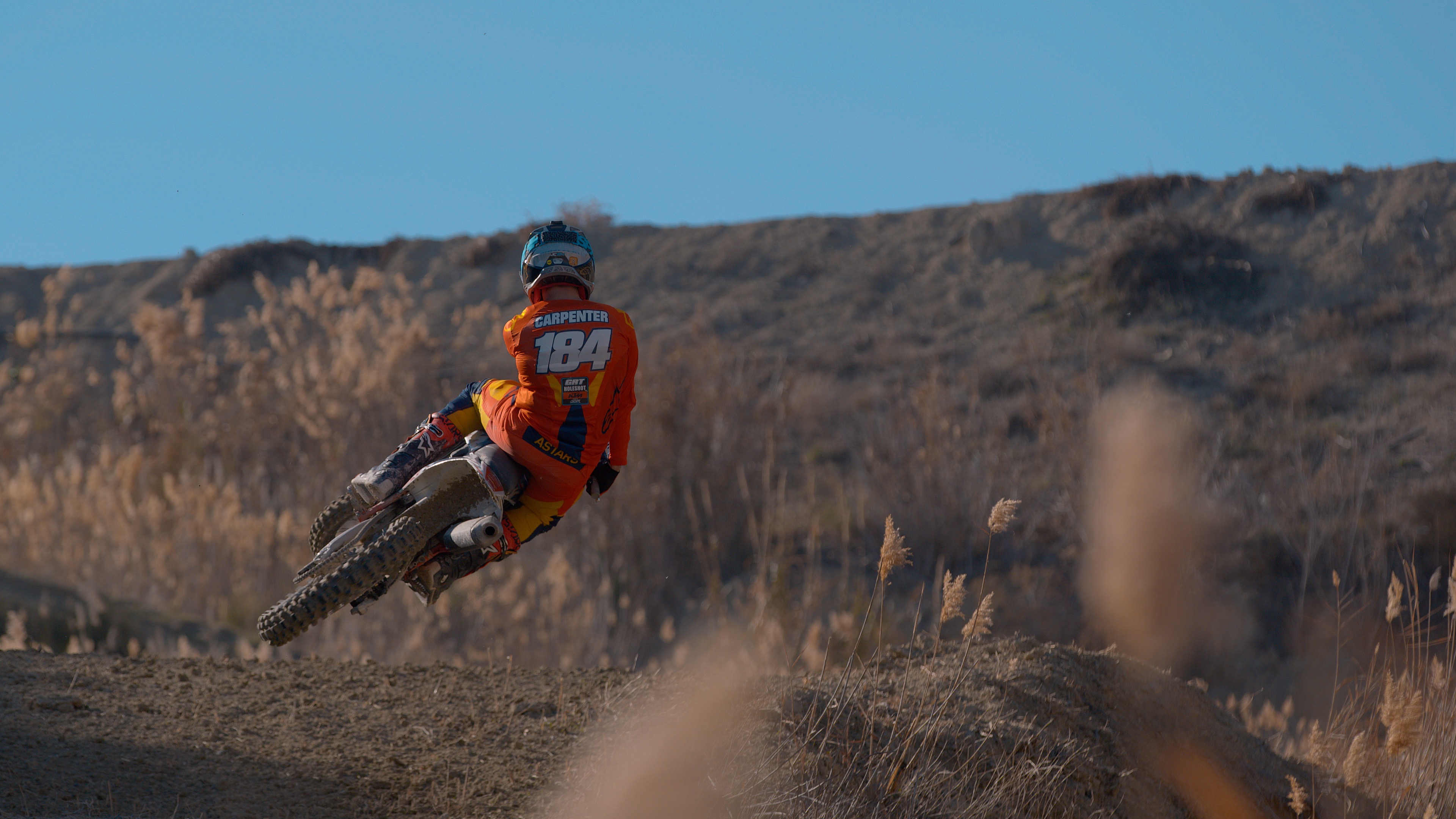
As the owner of the media production consultancy Battalion, professional photographer and videography Anton Nelson often describes life between shoots as ‘going round in circles on planes’, and a brief look at his social feeds certainly supports this.
Although Anton predominantly works as a director, DOP and Visual Artist for action sports and motorsports brands he also delivers projects in the corporate and government / military space.
We recently sat down with Anton to find out about him, his work as a videographer and the kind of kit that he can’t live without.
The camera: Blackmagic URSA Mini Pro 12k
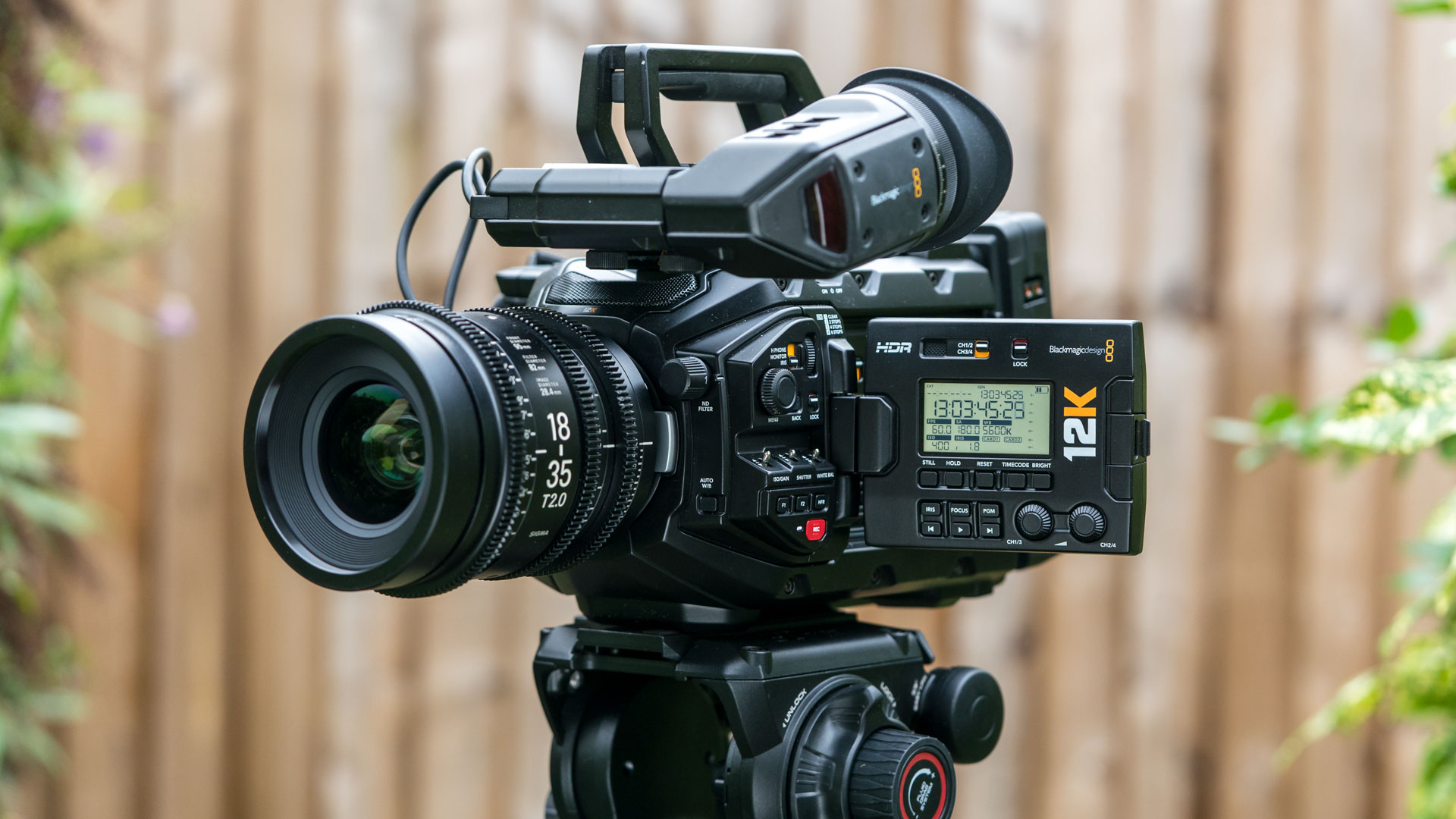
“I currently shoot a lot with the Blackmagic URSA Mini Pro 12K; I want my work to have a consistent look and feel, regardless of the industry I’m shooting in and the URSA allows me to shoot in 12K resolution at up to 60fps, or I can drop the resolution to 8K and shoot at 120fps!
• Looking for the best 6K, 8K and 12K cameras?
I’ve got a shot in a recent Motocross edit I shot with Jamie Carpenter where he pops over a jump. I shot it with a Canon 70-200mm f/2.8 lens in 8K at 120fps. He's just whipping the bike over the jump, and it looks incredible. It's a 38-megapixel frame, and there are 120 of them! I can pull any of those frames up, and it has enough detail to print for a billboard. That, for me, was a big moment.
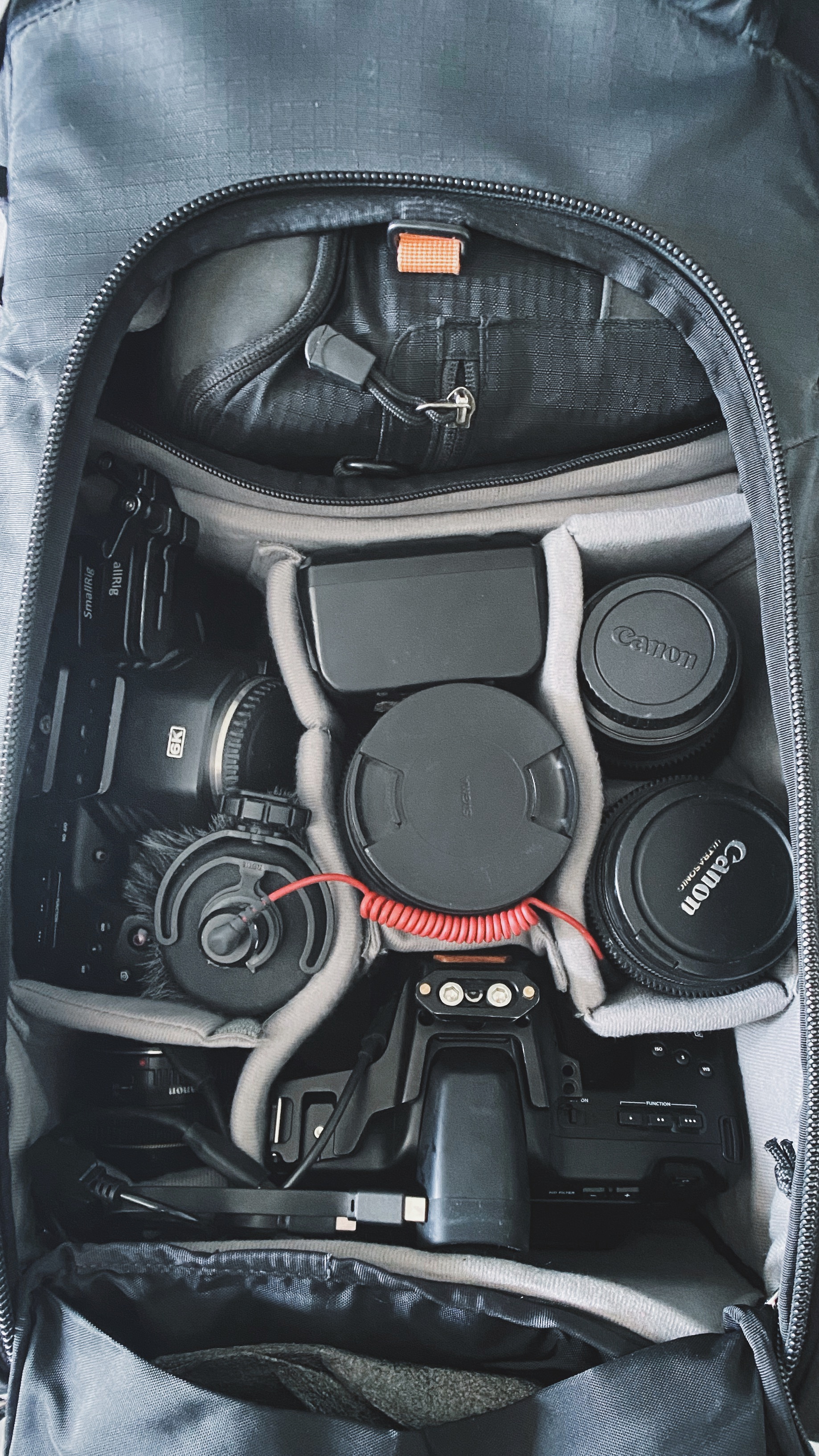
"With the URSA, I can shoot everything I need with just one camera. I often shoot wider as it means I can produce a 9:16 video for TikTok or Instagram Reels and still produce a standard 16:9 edit for YouTube and a 1:1 square for Instagram's feed or Facebook. Having that ultra-high-resolution 12K master means that there is no compromise on image quality.
Get the Digital Camera World Newsletter
The best camera deals, reviews, product advice, and unmissable photography news, direct to your inbox!
I tend to use a mixture of lenses but usually stick to photo lenses because the quality is excellent and they are lighter and easier to carry than a lot of larger video lenses."
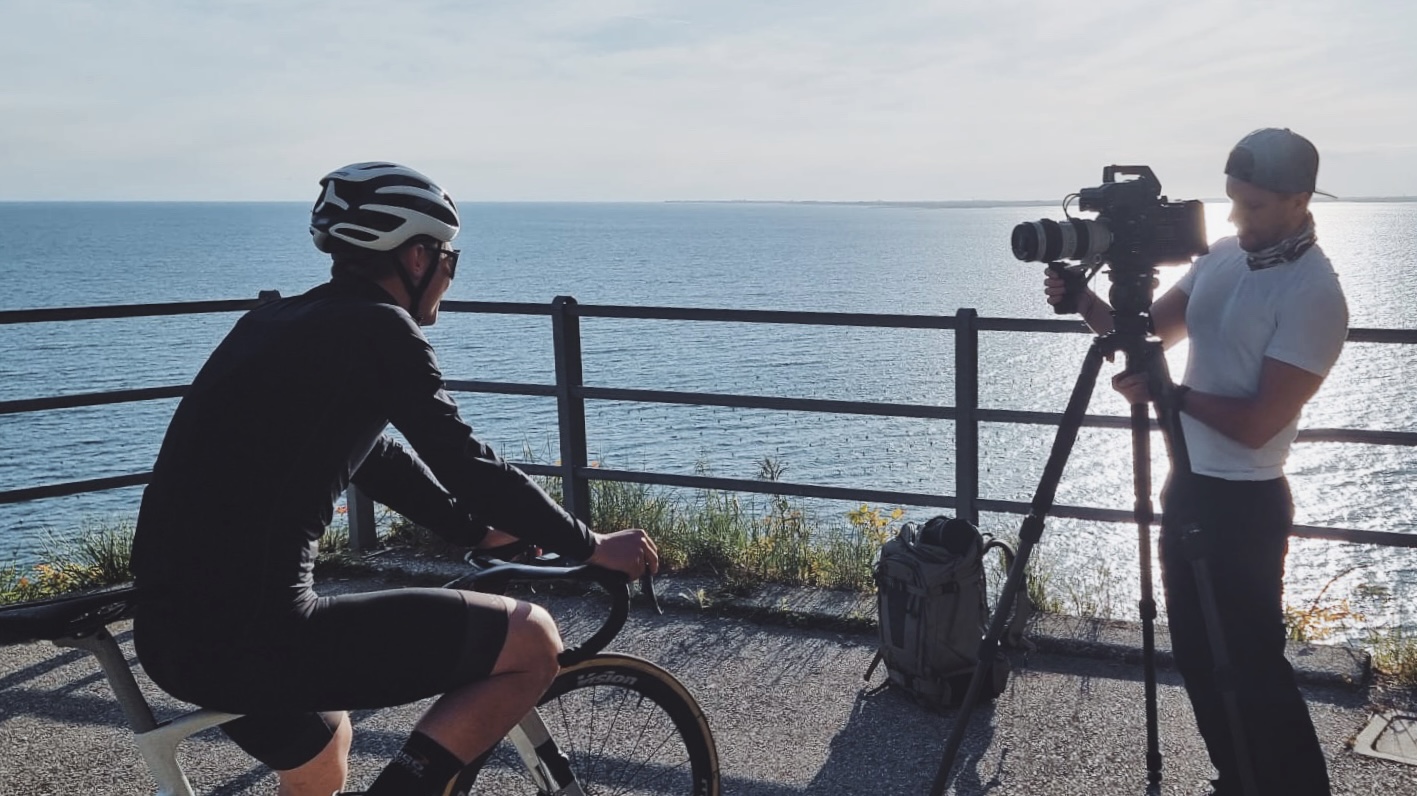
The Lenses
Canon 70-200mm f/2.8: This lens gives me a lot of flexibility for shooting all kinds of material, from motocross to four-wheel track racing like Rallycross.
A set of Sigma prime lenses, the 14mm, 20mm, 24mm and 40mm: I started on DSLRs, and got used to manually focusing in low-light environments, which is probably one of the more challenging ways to focus. I'll often find a point I want to focus, where I know a rider or athlete will appear in the frame and have them come in to focus, and depending on what I want, I can track them from there or let it drift for an organic transition into another shot.
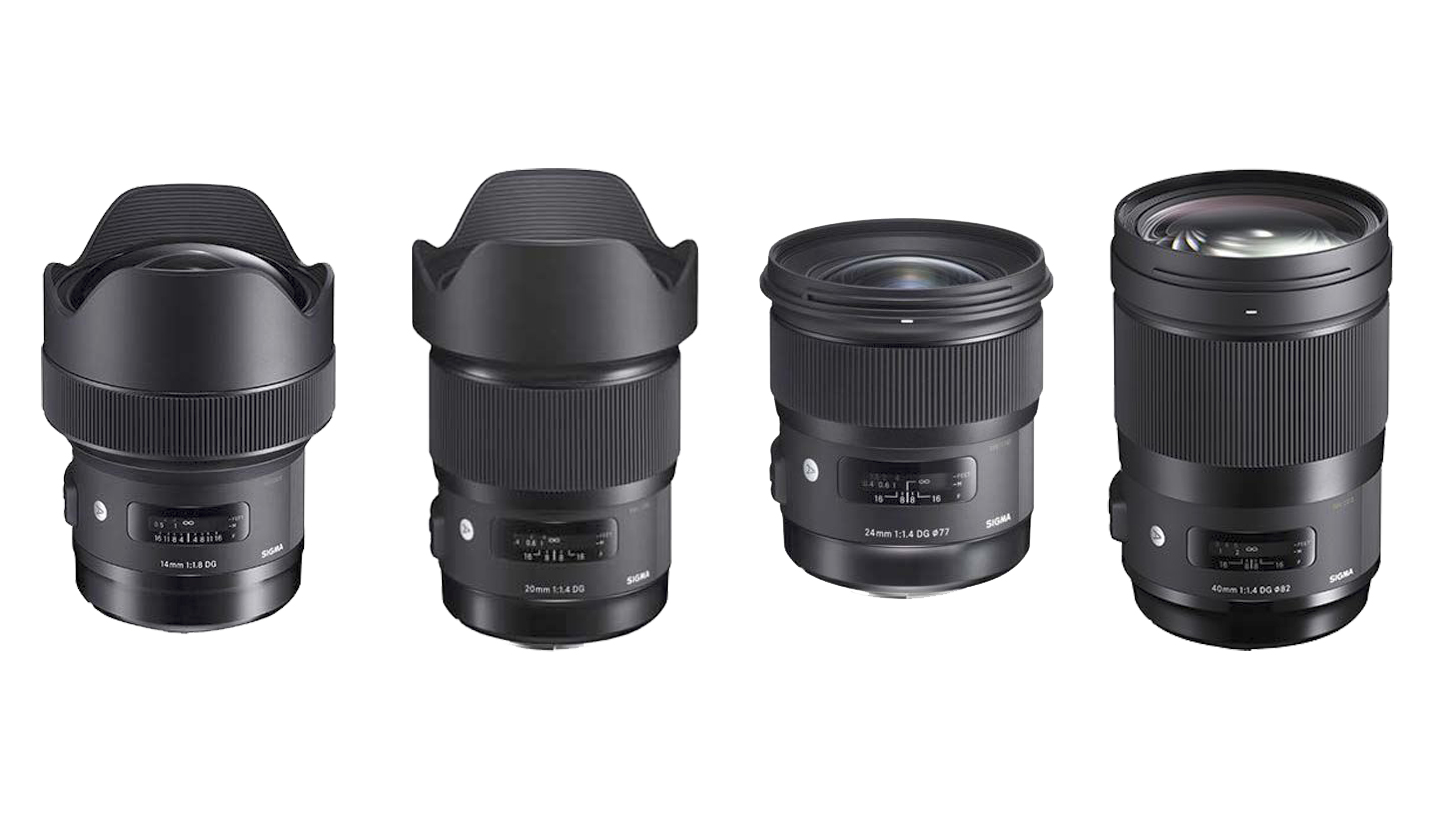
Sigma 18-35mm f/1.8 DC HSM: I love this lens; I think it’s one of the fastest / widest zoom lenses in the market. The barrel is also pretty rugged, which is important when I’m shooting in hot or cold (usually cold) places.
Samyang 10mm F2.8 ED AS NCS CS: This is a beautiful lens that creates an insanely wide image on the URSA's Super35mm sensor.
Everything else
"I work in some challenging conditions. I can be lying on hard, packed, icy ground or filming in a wet or dusty arid environment. I've got a good rucksack that protects everything, and I will use it to try and offer some shelter when changing lenses.
I always travel with a pair of earbuds and I also take a small watercolor paint kit with me. Taking that downtime to do something different and change your thinking helps your way of treating composition. If you start a painting with a blank page, your image-making approach is totally different than if you have started looking through a viewfinder. I don’t want to necessarily lose that."
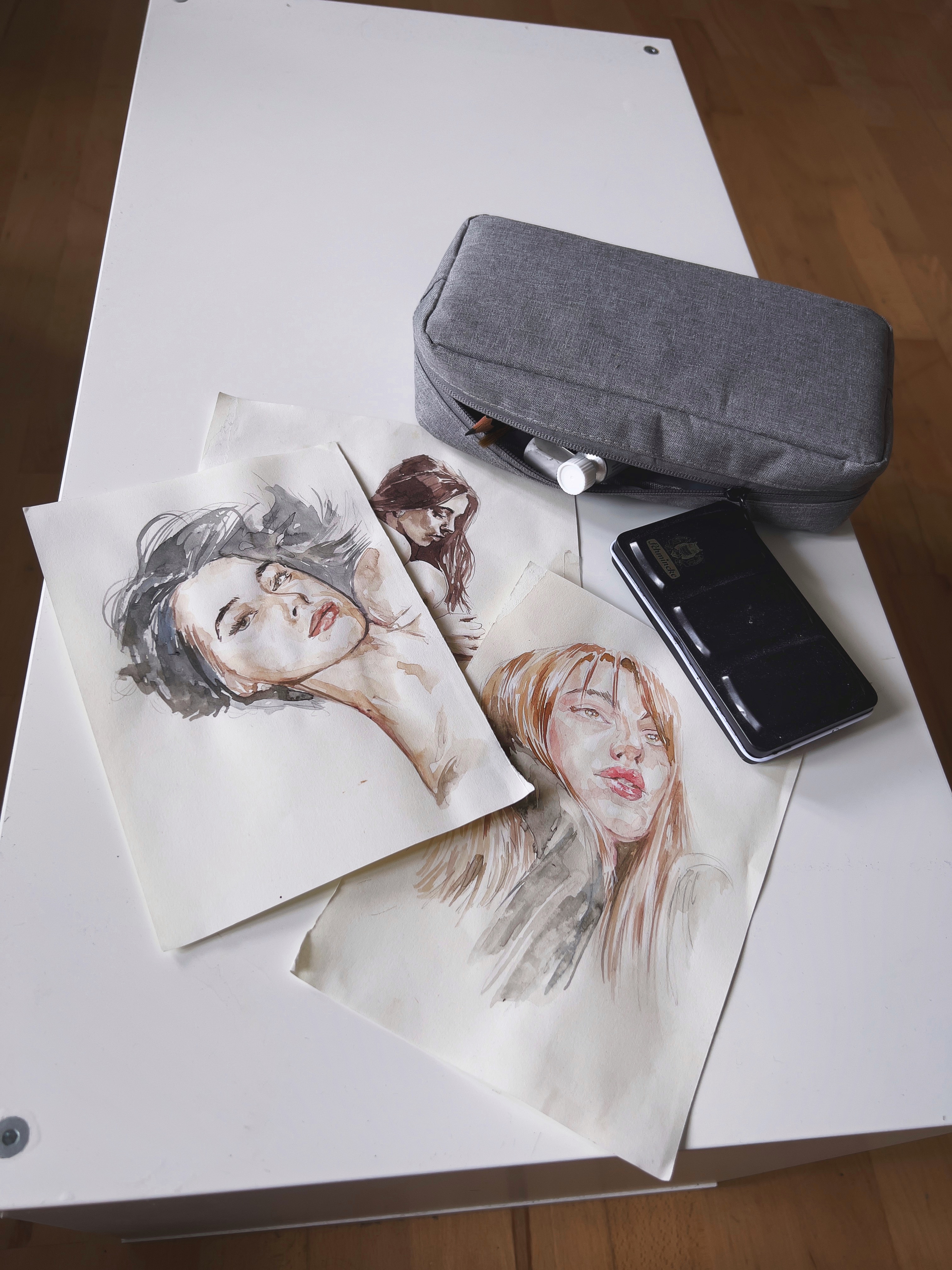
Digital Camera World is one of the leading authorities on camera and photography news, reviews, techniques, tutorials, comparisons, deals and industry analysis. The site doesn't just specialize in cameras, but all aspects of photography, videography and imaging – including camera phones, gimbals, lenses, lighting, editing software, filters, tripods, laptops, printers, photo books, desks, binoculars and more.
Whether you're using, looking to buy or trying to get the most out of a compact camera, action camera, camera drone, cinema camera, beginner camera or professional camera, Digital Camera World has a roster of experts with combined experience of over 100 years when it comes to cameras, photography and imaging.

